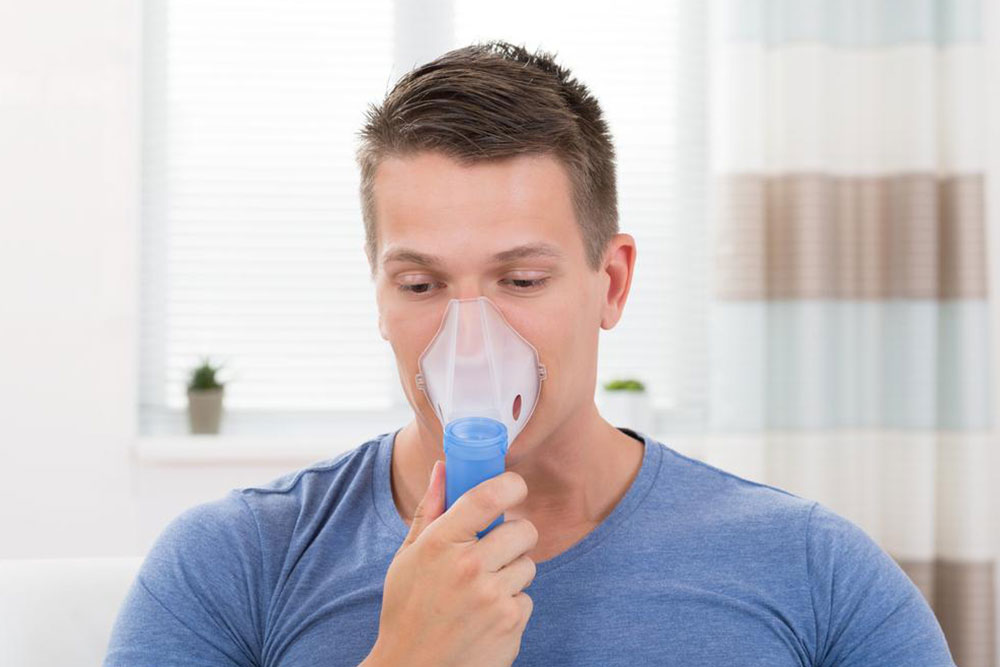Top 5 Advantages of Oxygen Therapy for COPD Patients
Explore the top five benefits of oxygen therapy for COPD patients, including improved survival, reduced breathlessness, and enhanced quality of life. Learn how supplemental oxygen can help manage symptoms and support daily activities, ensuring better health outcomes. Always consult your healthcare provider for personalized advice on COPD treatment options.

Top 5 Advantages of Oxygen Therapy for COPD Patients
Chronic obstructive pulmonary disease (COPD) deteriorates airflow in the lungs, causing breathing issues, mucus buildup, wheezing, and coughing. Factors like chronic bronchitis and emphysema, often stemming from long-term exposure to smoke, pollution, and irritants, contribute to COPD development. With increased smoking rates and environmental pollution, the number of COPD cases continues to rise, affecting nearly 11 million people nationwide.
If not detected early, COPD can cause significant lung damage. Persistent exposure to harmful pollutants worsens the condition, underscoring the importance of effective treatment strategies.
Symptoms of COPD often appear in flare-ups called exacerbations, which last for days and worsen the patient's condition. Key signs include:
Difficulty breathing, especially with physical activity.
Wheezing and chest tightness.
Morning mucus production in the lungs.
Chronic cough with white, green, or yellow phlegm.
Blue tint in fingernails and lips.
Other symptoms may include frequent respiratory infections, fatigue, unexplained weight loss, and swelling in the legs and ankles.
Early detection helps manage COPD effectively, with oxygen therapy being a pivotal treatment option.
Oxygen Therapy in COPD Management
Because airflow obstruction hinders oxygen intake, COPD patients often have decreased blood oxygen levels. Supplemental oxygen boosts oxygen saturation, easing breathing discomfort. It is supplied through concentrators, cylinders, or liquid oxygen units, many portable, allowing patients to lead active lives without significant disruption.
Long-term oxygen therapy is generally recommended for those with chronically low oxygen levels, improving life quality and preventing complications such as heart failure. It is especially vital during flare-ups. Patients should use oxygen for at least 15 hours daily to achieve maximum benefits. Advantages include:
Increased Longevity: Continuous oxygen therapy can significantly extend life expectancy in severe cases.
Reduced Shortness of Breath: Supplemental oxygen alleviates breathlessness, enhancing comfort and mobility.
Better Quality of Life: Improved oxygen levels support better sleep, mood, alertness, and physical strength.
Enhanced Physical Capacity: Adequate oxygen allows patients to perform daily activities and exercises more easily.
Travel Compatibility: Oxygen therapy facilitates safer air travel by preventing oxygen desaturation at altitude.
Important Reminder:
Our blog provides health insights based on research. However, it is not a substitute for professional medical advice. For personalized treatment options, always consult a healthcare professional. The information may not reflect the latest updates or all options available.


